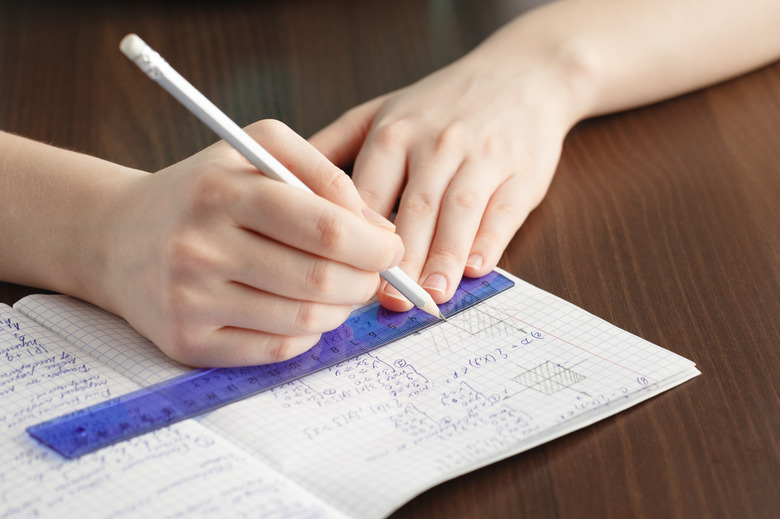What Does Decompose Mean In Math?
When elementary teachers talk about decomposition in math, they are referring to a technique that helps students understand place value and solve math problems more easily. It can be found in alternative formulas for problem solving as well as standard algorithms such as prime factorization.
Decomposition and Place Value
Decomposition and Place Value
Decomposition is a useful tool for emphasizing the differing values of digits in a number. The number "362" can be broken down into 300 plus 60 plus 2 by decomposing it into hundreds, tens and ones.
Decomposition and Problem Solving
Decomposition and Problem Solving
To decompose in basic operations, such as addition, subtraction, multiplication and division, means to take numbers apart in a problem to make it easier to understand and solve. Most elementary math programs teach an addition formula called "partial sums," which is based on decomposition.
Partial Sums Addition
Partial Sums Addition
When adding large numbers, such as 2,156 plus 3,421, it often helps to break the calculation apart and put the pieces together by place value. First, add the thousands to get 5,000. Second, put together the hundreds to gain 500. Third, combine the tens to form 70 and the ones to make 7. Finally, add all these partial sums together to solve the problem: 5,000 plus 500 plus 70 plus 7 equals 5,577.
Prime Decomposition
Prime Decomposition
Around sixth grade, students learn the decomposition process of prime factorization, which helps in solving problems related to fractions. Primes are numbers that can only be divided by 1 or by themselves, such as 2, 3 and 5. The number 180, for example, can be decomposed into 2 times 2 times 3 times 3 times 5.
Cite This Article
MLA
Rudnicki, Alicia. "What Does Decompose Mean In Math?" sciencing.com, https://www.sciencing.com/decompose-mean-math-7446158/. 13 March 2018.
APA
Rudnicki, Alicia. (2018, March 13). What Does Decompose Mean In Math?. sciencing.com. Retrieved from https://www.sciencing.com/decompose-mean-math-7446158/
Chicago
Rudnicki, Alicia. What Does Decompose Mean In Math? last modified August 30, 2022. https://www.sciencing.com/decompose-mean-math-7446158/
